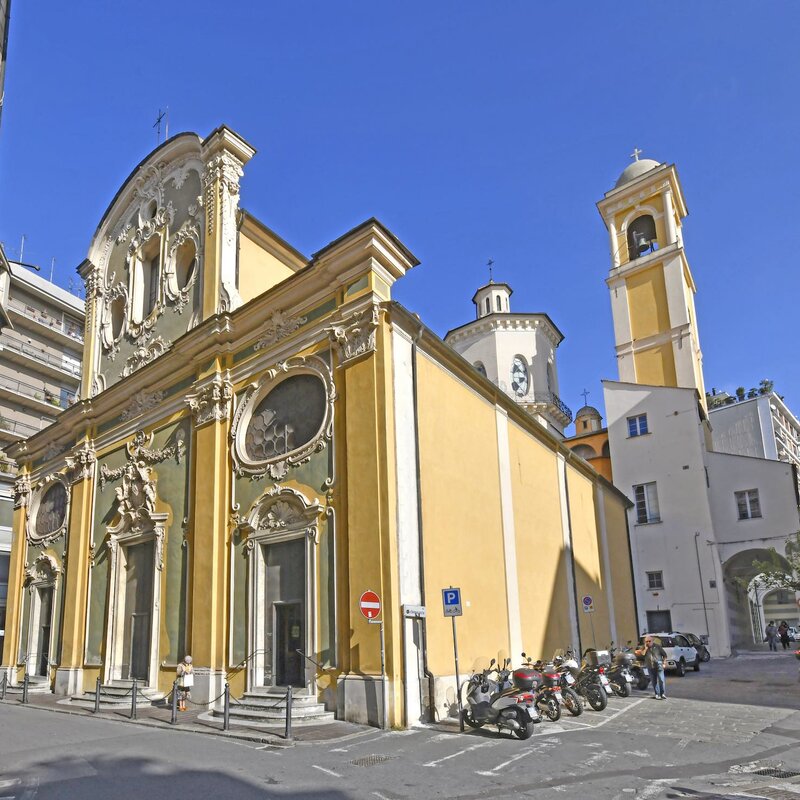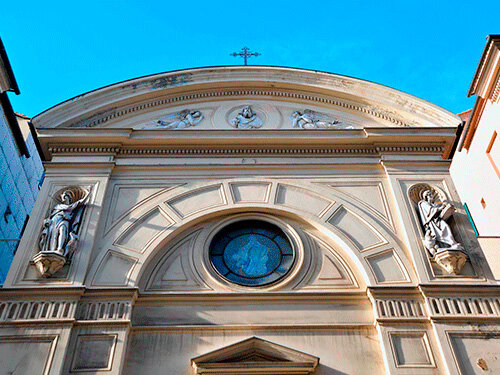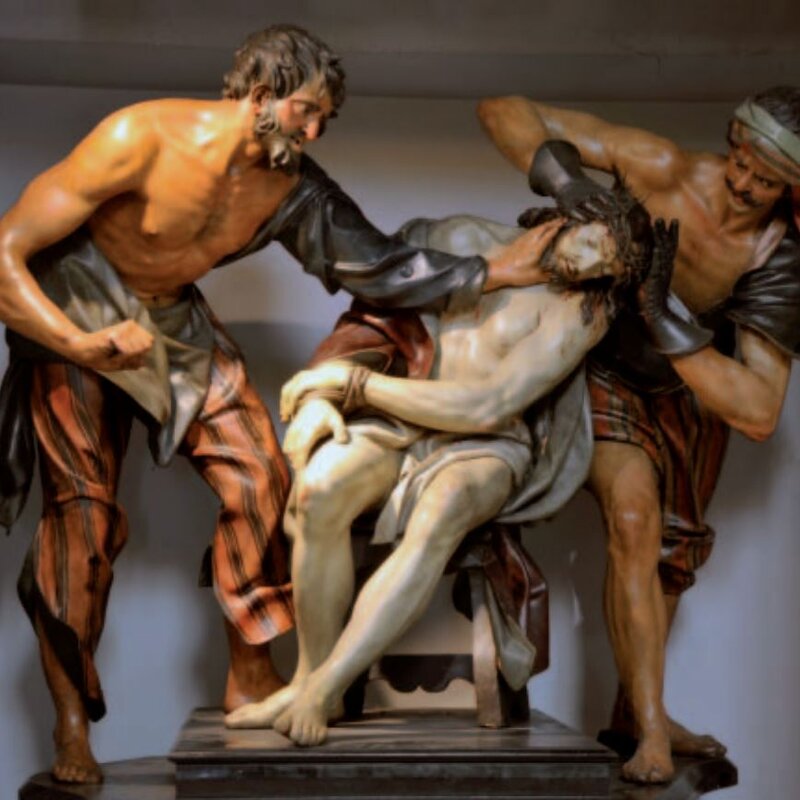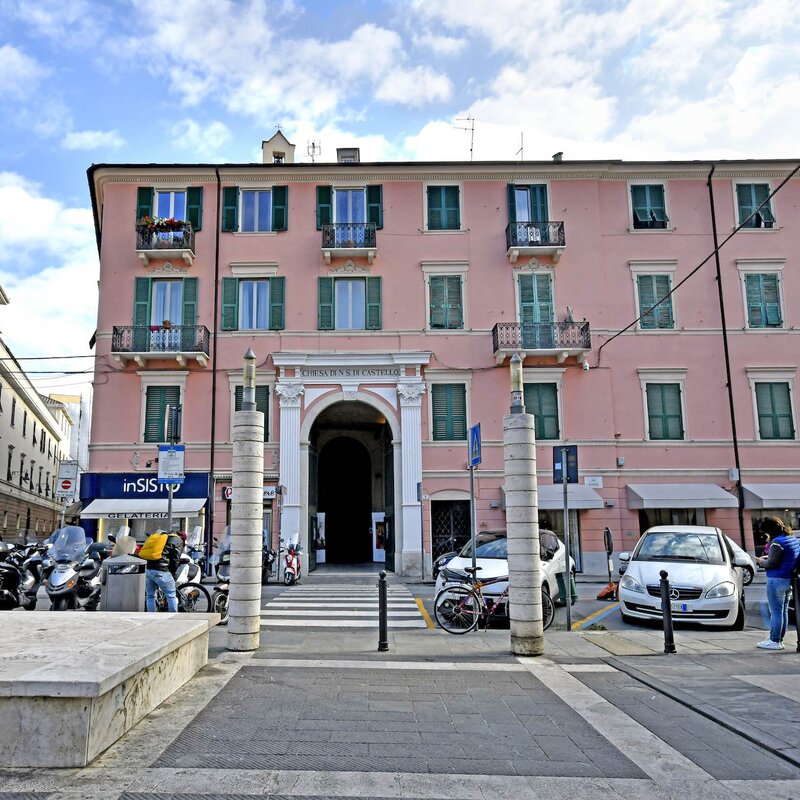Oratory of Saint Peter and Saint Catherine
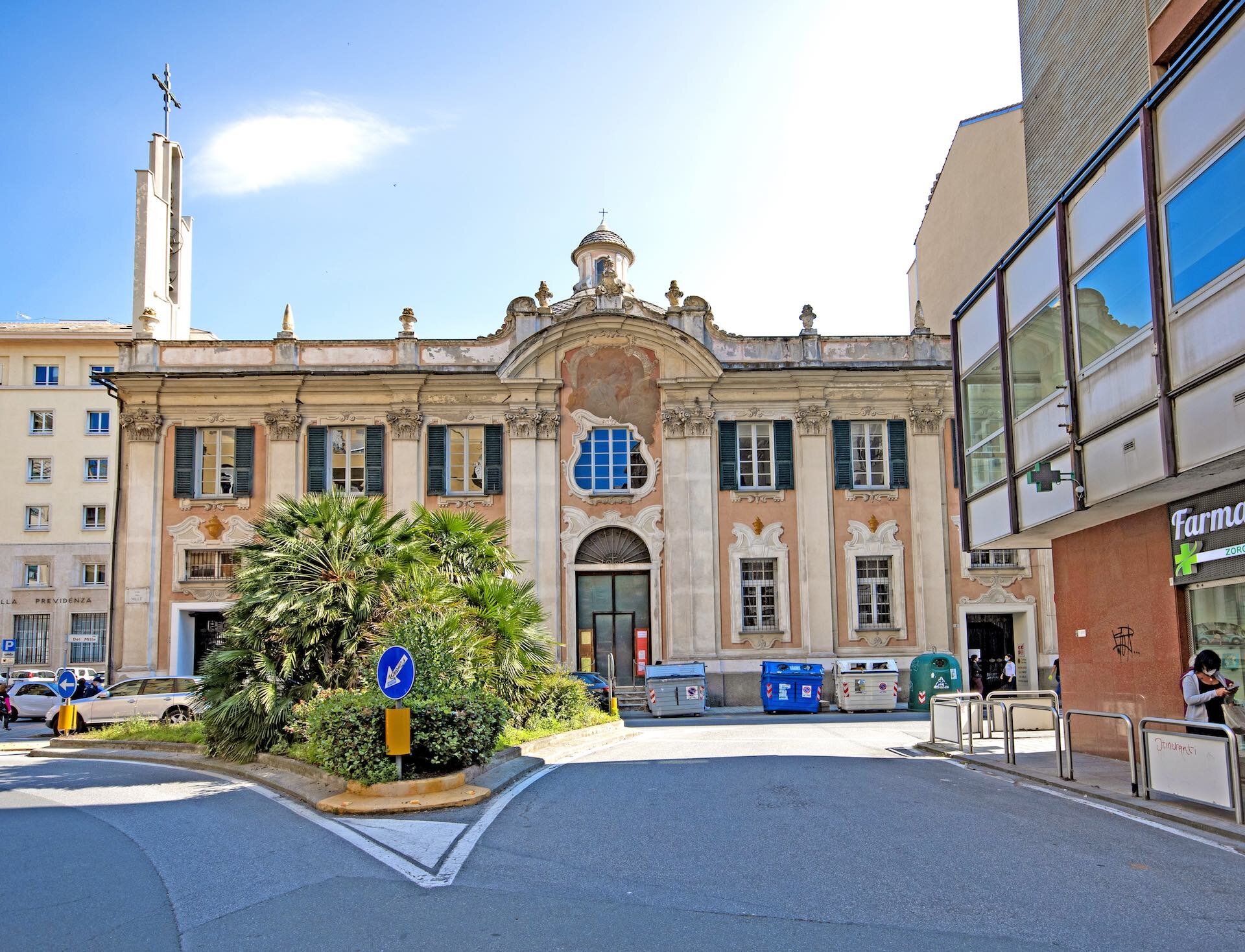
To understand its intricate history, one needs to go back to the second half of the 13th century, when the Confraternity of Saint Catherine of Alexandria was founded. The Confraternity of Saint Peter was established some time later, with records indicating that in 1530 the two confraternities, located on the Priamar hill, were still separate entities. When Savona was conquered by the Genoese and the Fortress was erected, the two oratories were demolished to be unified into a single building in 1544, in the neighbourhood known as Contrada di Scarzeria.
During the 18th century, the old building, by now crumbling and decrepit, was replaced with a new one, between 1729 and 1731, on a design by Giovanni Battista Folco. In 1882, when the city was expanded, this seat was also pulled down, forcing the Confraternity of Saint Catherine and Saint Peter to move to the church of the Santissima Concezione, where it is still based today. The current Oratory was built in 1761, upon a design by Gio Antonio Ricca, attached to a convent that has now been destroyed. Originally comprising part of the convent, the external façade develops mostly widthways with fresco decorations in its upper section.
The interior features an elliptic plan, with two side chapels and a central dome: a popular layout in 18th century Ligurian architecture. Internal decor consists mostly of paintings and processional floats. Wall space is taken up largely by the works of artists Carlo Giuseppe Ratti and Paolo Gerolamo Brusco, painters of the “Stories of Saint Peter and Saint Catherine”.
Chronologically speaking, the processional floats are very distant from each other: two date back to the 18th century and depict a “Flagellation” and a “Christ Falling Under the Cross” by an unknown artist. The third one, made by Renata Cuneo in 1978, portrays an “Ecce Homo”, probably made on the model of a previous work that was destroyed in a fire. The three floats are stilled carried in procession to this day.
